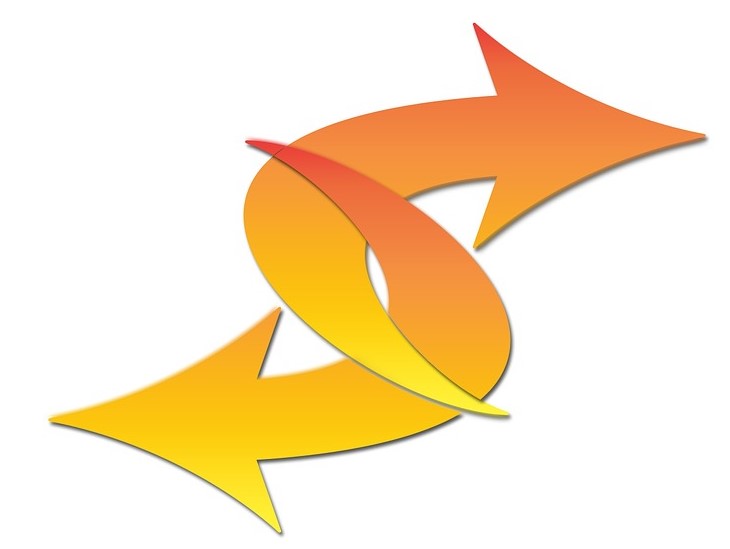Proactive Assessment
What does it take to develop and engage student’s minds while also improving learning outcomes? Habits such as regular exercise and a healthy diet contribute to good health. There are also habits of cognitive health that fortify knowledge and skills and promote success for all learners. Experts on habits praise their value.
“Quality is not an act; it is a habit.” Aristotle  Steven Covey’s (1989) first habit is to “Be Proactive,” and his second is to “Begin with the End in Mind.” In relation to learning and assessing he is asking us to think about where we are headed and how we will take responsibility for getting there. He recommends focusing on the things you can control: your thoughts, actions, and habits.
Steven Covey’s (1989) first habit is to “Be Proactive,” and his second is to “Begin with the End in Mind.” In relation to learning and assessing he is asking us to think about where we are headed and how we will take responsibility for getting there. He recommends focusing on the things you can control: your thoughts, actions, and habits.
Art Costa and Bena Kallick (2009) describe “habits of mind” as essential skills and dispositions that empower critical thinking and support purposeful teaching and learning. From their list of 16, these five are especially pertinent to proactive assessment.
Persisting: Sticking with learning, seeing it to completion, utilizing practices that support goal attainment.
Striving for Accuracy: Maintaining high standards, doing your best, and seeking quality outcomes.
Remaining Open to Continuous Learning: Recognizing that there is always more to learn.
Thinking Flexibly: Looking at situations or problems from multiple perspectives.
Thinking about Thinking Ability to stand back and consider thoughts and actions in relation to a goal.
Developing a Proactive Assessment Mindset
Being proactive means being preemptive in averting problems as well as being prepared to respond to emerging situations before they become major problems. In contrast, a reactive approach means taking action on something that has already happened. Of course, it is not possible to prevent all debacles, but it is far better to anticipate them.
In relation to assessment, a proactive mindset recognizes and prepares for foreseeable changes and has strategies for responding to the unexpected. In education, this means considering emerging policies and directives as well as exploring promising practices. Then, in response, making judicious changes to a schools testing methods, assessment practices, and reporting. There are numerous proactive opportunities in balancing federal testing policy with authenticated trends in assessment.
Proactive Assessment and Policy
ESSA offers selected opportunities for states, districts, and schools to be proactive about assessment. At the high school level, they can choose from nationally “recognized” exams. States can also administer interim tests and develop performance tasks, but few have taken advantage of this opportunity due to concerns about validity and costs. Beyond test scores that make up at least half of the measurement of school performance, other accountability measures include student attendance, enrollment in advanced coursework, and school climate. However, most of the proactive potential is at the local level.
Proactive Assessment and Local Practice
The most effective, proactive assessments rely on the best practices in assessment: The ones that have been substantiated and withstood the test of time. Those that not only raise test scores, but engage students in clear, consistent, and informative measures of learning.
|
PROACTIVE ASSESSMENT PRACTICES Alignment means deconstructing large-scale standards into understandable, actionable, and assessable classroom learning intentions. Consistency about the student’s role in learning, in behavioral and performance expectations, and clarity of instruction and assessment. Ongoing, supportive and informative assessments from pre to post along with evidence of students’ understanding of those assessments and outcomes. Multiple measures from selected choice and standardized to project-based and performance appraisals. Student ownership of goals, learning, monitoring, and self-assessment; accompanied by meta-cognition, motivation, and self-regulation. Emphasis on progress over final scores; reasoning over recall of facts. Developing teachers as assessors who can effectively utilize formative and summative practices to inform their practice, improve instruction, and use assessment in support of learning. Fostering future readiness in students means preparing them for continuous change through adaptability, meta-cognition, personal initiative, and problem-solving as well as interpersonal skills such as empathy and compromise. |
It Doesn’t Matter whether you use technology or more traditional strategies. What does matter is that the assessment aligns with and supports the learning intentions. From Animoto presentations to Coggle mind mapping, and Edpuzzle where questions are embedded in a video, what matters is how well they support and align with the expected learning outcomes. From a Fishbowl activity to a debate, the assessment of learning depends on clear and visible learning expectations that give student agency over their assessments.
Putting Into Practice
Reactive assessments sound like this: “Well I taught it but they just didn’t listen well enough.” Proactive assessments sound like this: “I wonder why they didn’t get this idea- how can I teach it differently?” or “I gave Magrite feedback; I’ll check on why she didn’t use it.” Which led to her explaining “I didn’t understand what cursory meant.”
Proactive assessment relies on giving students informative feedback, annotating descriptive rubrics, peer review and opportunities for self-reflection. In response, students use that information to edit, adjust, and correct their work.
Anton explains that “The review sheet made me realize that I skipped the third stage. I reviewed what we learned and corrected my work. Now, I think my grade should change from a 79 to an 84.”
Student activations for proactive self-assessment
Please be specific and include examples as you respond to these prompts:
- In relation to these learning intentions and the success criteria, I now know and can do____
- When I compare my work to the goals and success criteria, I become aware that I still am learning or wondering______
- I am now working at this level of the scoring scale_______ on account of this evidence:
- Here’s what I did to achieve this higher level outcome:
- I still need help with___________ I will get this help from ___________
- I have these lingering questions ______________
- This is what I want to commend about my learning____________
- This is what I recommend to improve my learning______________
- Here are some ways I can use my learning__________
Source: Restorative Assessment, Strength-Based Practices that Support All Learners, Laura Greenstein, Corwin Press 2018, p.96
References
Costa, A and Kallick, B (2009) Habits of Mind Across the Curriculum. ASCD
Covey, S. (2004) The 7 Habits of Highly Effective People, Free Press
(Note: there is a subsequent version- Covey, S (2014) The 7 Habits of Highly Effective Teens)
